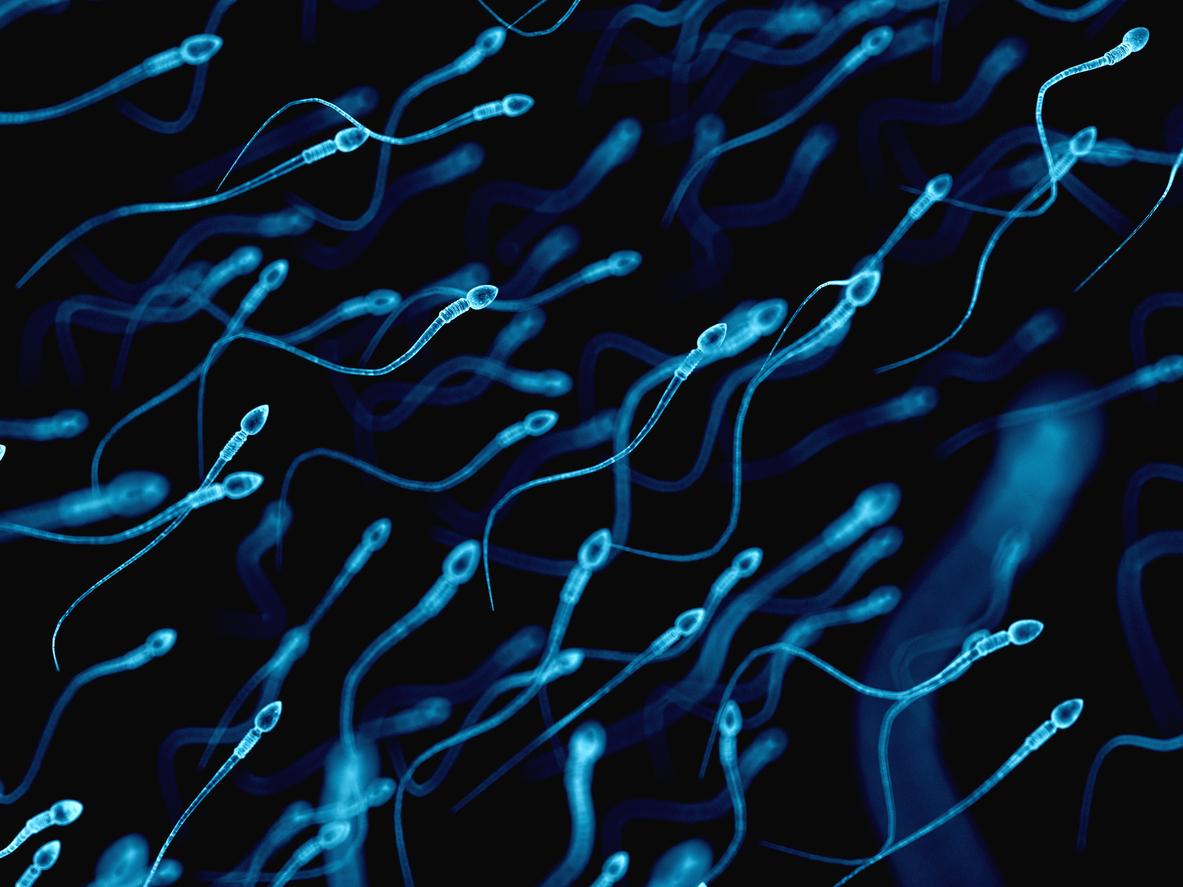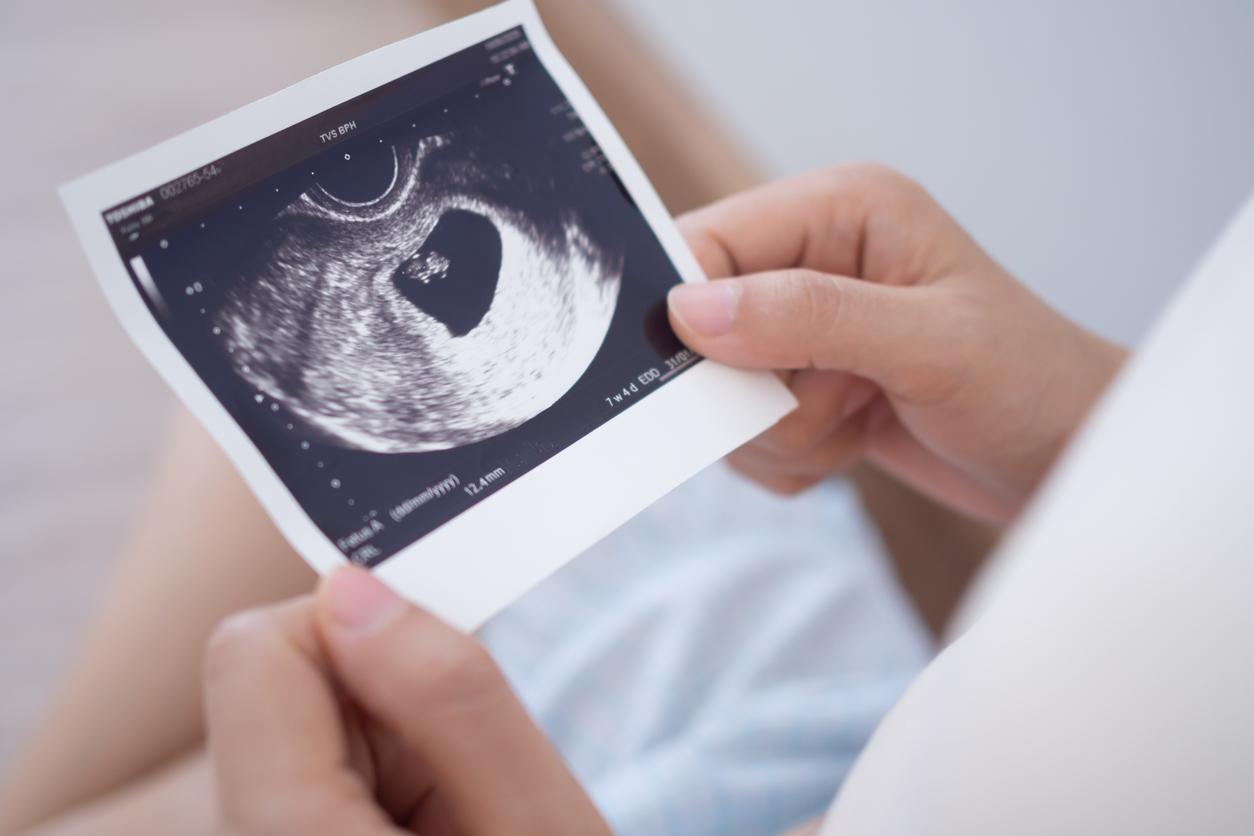In a study conducted jointly by researchers from the Institute for Public Health Surveillance (InVS) and the National Institute for Health and Medical Research (Inserm) and posted on the website from the journal Reproduction, we learn that all men are not equal in the face of the decline in sperm quality. We already knew that the quality of sperm is declining and that men have half the number of sperm than 50 years ago. But this new study tells us that the men who live in Aquitaine and Midi-Pyrénées are among the worst off.
For the authors of this study, these results support the hypothesis of the effects of exposure to endocrine disruptors. These two southwestern regions are indeed agricultural and the majority of the population is regularly exposed to pesticides. “Aquitaine is the first French region for employment in this sector and the second for the number of farms; Midi-Pyrénées is the first region for the number of farms and the second for the cultivated area”, specify the authors of the study.
A first study showing that the three main indicators of sperm quality – concentration, total mobility and morphological quality – taking into account the effect of age and season had been already published by Invs in 2012. The results already showed a significant decrease in sperm concentration during the period studied (1989-2005). For a 35-year-old man (average age in the sample), the average concentration had thus increased from 73 to 50 million spermatozoa / ml over the period.
For this second study, “we took exactly the same sample and compared the dynamics of trends in the 21 regions of metropolitan France”, explains Dr Joëlle Le Moal, one of the co-authors of the study. “It is very important to monitor the quality of sperm, because it is a biomarker sensitive to environmental exposure and correlated with life expectancy,” insists Dr. Le Moal.


















